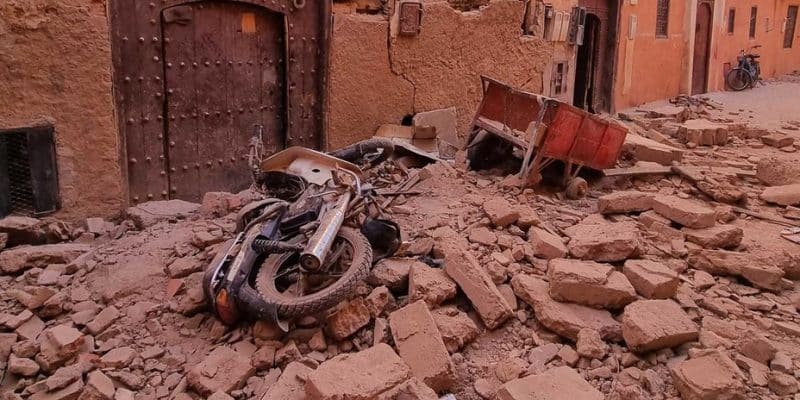What does the future hold for tourism in Marrakech? This is one of the unanswered questions in the wake of the earthquake that is compromising the economic and environmental health of this internationally renowned city.
The date of 8 September 2023 will be forever etched in the memories of Marrakech’s 1 million inhabitants. The deadly earthquake that killed at least 2,500 people made beaches and hotels the main refuge for many of those affected. The weekend disaster led to the cancellation of several hotel and airline bookings for Marrakech, but also precipitated the departure of several foreigners who were still enjoying their holidays in the most visited city in the Kingdom of Morocco.
This was the case of a French woman who told our France Télévisions colleagues that she “was with her companion in a restaurant” at the time of the earthquake. Among the emblematic sites that cracked is the 9-century-old Koutoubia monument. There is also the Kharbouch mosque, whose minaret was literally destroyed by the tremors. Yet these are the most visited sites in Marrakech’s Medina (the old city in Arab culture), which has itself been listed as a World Heritage Site by the United Nations Educational, Scientific and Cultural Organisation (UNESCO) since 1985.
The economy and the environment severely tested by the earthquake
What’s more, through Éric Falt, its regional director for the Maghreb, the institution has pledged to “rebuild damaged cultural property”. This is a major blow to the Moroccan economy, whose tourism-related revenues rose by 4.4 billion euros (69%) in the first half of 2023, according to the local authorities. Marrakech alone recorded 267,000 new arrivals during the high season (July-August), mainly from Europe (Spain and England).
According to accounts gathered by several international media, it is the rural areas, particularly in the mountainous province of Al Haouz (the epicentre of the earthquake), that are paying the highest price for this unexpected and dramatic event. Villages such as Moulay Brahim are popular with pilgrims for their rich biodiversity (oleanders, groves, prickly pear trees, scorpions and locusts).
Access will be difficult over the next few months as the earthquake has untied roads and cut power lines. At the same time, this is preventing the delivery of supplies to the affected populations.
Read also-MOROCCO: recycled plastic shoes for Marrakech residents
However, Marrakech’s vegetation, which may have been endangered by the earthquake, should soon be back in balance, if a scientific study is to be believed. “Major earthquakes can increase the quantity of water supply flows, raise groundwater levels and thus give plant roots better access to water in environments where it is limited”, says a group of researchers from the German University of Potsdam. This would be a source of pride for nature-loving tourists.
Benoit-Ivan Wansi






